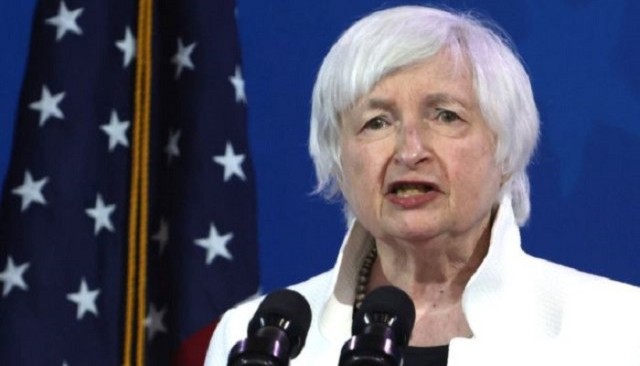OPEC slightly raised its forecast for oil demand growth in 2023, compared to the organization's expectations in January.
OPEC said in its monthly report issued on Tuesday that demand for oil is expected to grow this year by 2.3 million barrels per day.
Despite the positive outlook, OPEC indicated that the main driver of oil demand growth will be the return of China from the movement restrictions it imposed and the impact on the country, the region and the world.
OPEC indicated that the growth in oil demand from the countries of the Organization for Economic Cooperation and Development - which includes America and European countries - is still below levels before the Covid pandemic.
OPEC expects demand from the Organization of Cooperation to rise by 400,000 barrels per day, 100,000 barrels per day more than it expected last month.
As for countries outside the Organization for Economic Cooperation and Development, OPEC expected demand to grow by 2 million barrels per day, exceeding pre-pandemic levels for the second year in a row, and China and other Asian countries and the Middle East are expected to lead the demand.
And last December, China abandoned the “zero Covid” policy, which means imposing strict measures on the movement or movement of the population in the event of any emerging Covid-19 cases.
OPEC said in the report that concern remains about the pace of economic recovery in China and the implications for oil demand.
Globally, OPEC raised its forecast for global economic growth to 2.6%, supported by the momentum witnessed by the global economy in the second half of 2022. Despite this, OPEC said in its report that economic concerns will cast a shadow over the outlook for global oil demand, including inflation levels and tightening measures. Monetary and sovereign debt levels and geopolitical tensions.
As for oil production from the 13 countries of the Organization, it decreased by 49 thousand barrels per day from December, to reach an average of 28.88 million barrels per day in January. And while oil production increased from Nigeria, Angola and Kuwait, production decreased from Saudi Arabia, Iraq and Iran, according to what was stated in the OPEC report on secondary sources.










































